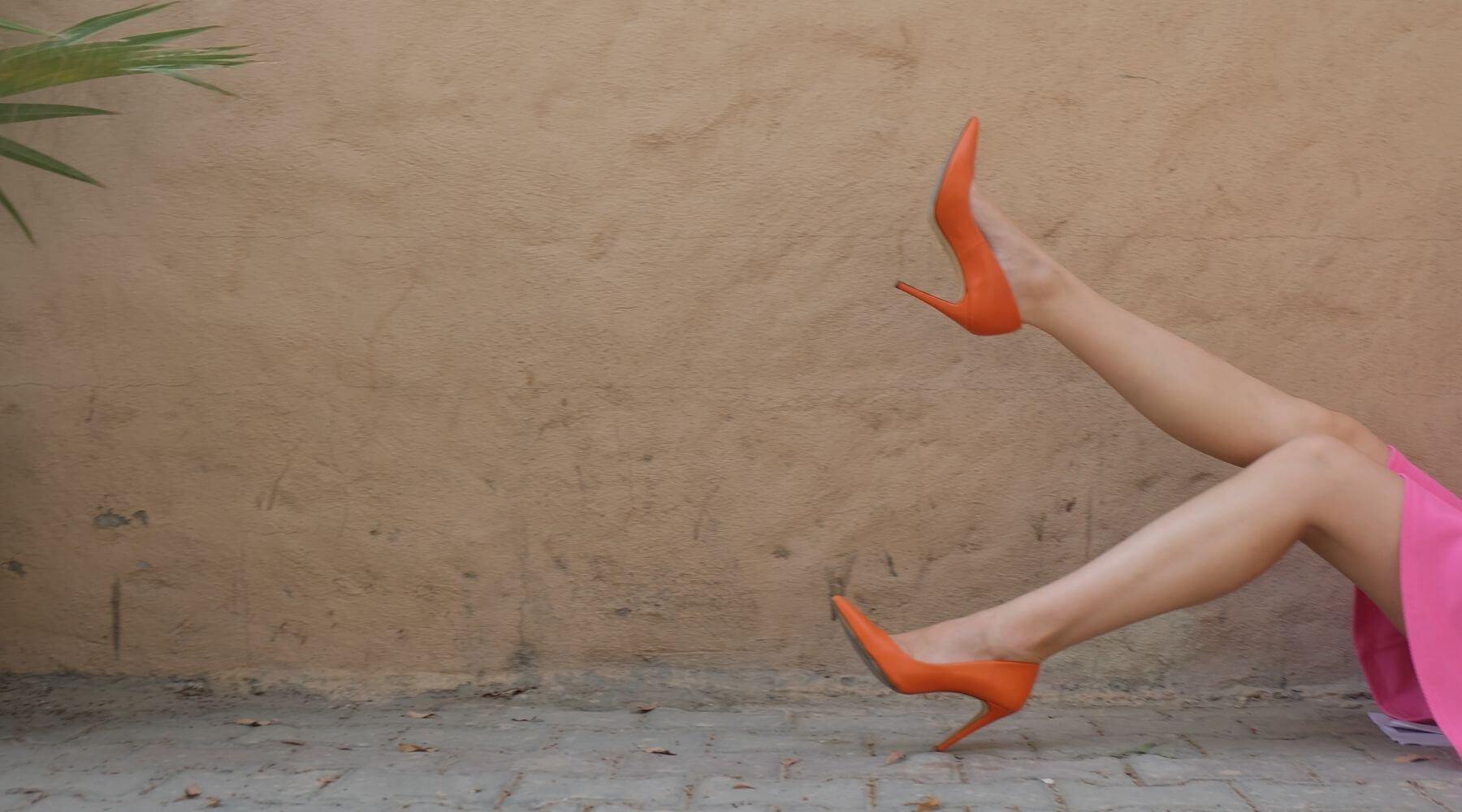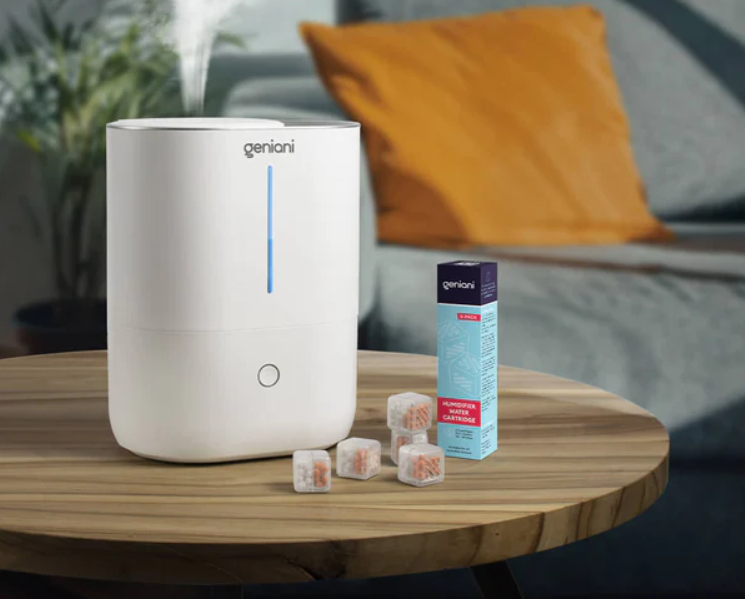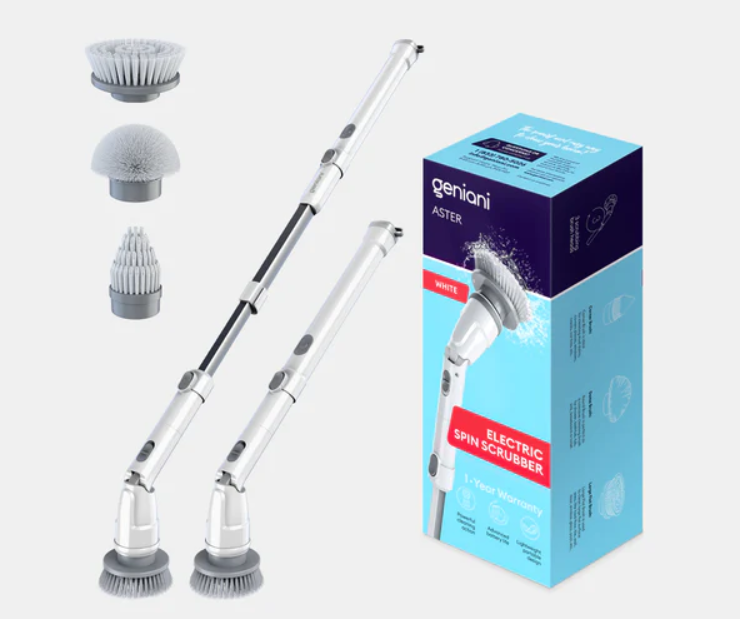Causes of poor leg circulation

Some seniors experience poor blood circulation in their feet due to lifestyle. Others suffer from the issue due to a disease. Therefore, the right treatment for bad circulation in your legs depends on the cause. Here are some of the most common causes.
Age
Unfortunately, there is some degree of circulatory impairment that is unavoidable with age. With age, the baroreceptors become less sensitive and the aorta becomes thicker and less agile. These affect blood circulation in the legs.
Atherosclerosis
It is a condition where the arteries become narrowed and hardened due to a buildup of plaque around the artery wall. Atherosclerosis commonly affects the arteries of the brain, the heart, the legs, and the arms.
Smoking

Smoking increases the risk of developing conditions that cause poor circulation. It also interferes with the flow of blood and damages the walls of blood vessels. Smoking can actually lead to a condition in which the arteries in the legs harden and can no longer circulate blood.
Overweight
If the person leads a couch potato lifestyle and carries extra weight, that can lead to a problem with blood circulation. Added weight also increases the risk of blood pressure problems and varicose veins. Therefore, every person should take care of their health and be more active.
Varicose veins
Varicose veins are enlarged veins caused by valve failure. The damaged veins can’t move blood as efficiently as other veins, so poor circulation may become a problem. Although rare, varicose veins can also cause blood clots. If a relative has varicose veins, your risk is higher. Women are also more likely to develop them, as are people who are overweight or obese.
Diabetes
Diabetes can cause swelling, hypertension, and impaired circulation in the feet. It can also cause neuropathy, a separate condition with similar symptoms to poor circulation.
Sedentary lifestyle

Proper blood flow requires an active lifestyle to keep the heart healthy and pumping. Therefore, seniors who aren’t able to move are at risk for circulation problems. A healthy diet and an active lifestyle are important for the health of every person.
Symptoms of poor blood circulation in the legs
The symptoms of poor circulation may not be apparent. However, whether symptoms are obvious or not, poor circulation can be dangerous. The following are common symptoms of poor circulation.
Cold hands and feet
Reduced blood flow causes the hands and feet to feel colder than the rest of the body. When blood cannot flow at healthy rates, this can lead to temperature fluctuations in the skin and nerve endings of the hands and feet.
Numbness and tingling in extremities
One of the most common symptoms of poor circulation is numbness and tingling in the hands and feet. Blood cannot reach the extremities in sufficient quantities when something is restricting the flow of blood. Plus, a person may also have a sensation of pins and needles.
Swelling in the lower extremities
Poor circulation can cause fluid to accumulate in certain areas of the body. This often occurs in the legs, ankles, and feet. Edema in the lower extremities can also develop when blood collects in those areas.
Symptoms of edema include:
- heaviness and swelling
- tight, warm skin
- stiff joints
- pain in affected areas
Some people notice that they have edema because clothing or jewelry starts to feel tight. If a person with edema presses on the affected area, they may leave an indentation in the swollen skin. Also, when the fluid that contains proteins collects in the abdomen, this is known as ascites. Circulation problems and liver cirrhosis can be responsible.
Cognitive dysfunction
Poor blood circulation can affect the functioning of the brain. It can lead to memory loss and difficulty concentrating. These and other cognitive problems can result from:
- a reduction in the flow of blood to the brain
- a reduction in the amount of blood pumped throughout the body
- certain changes in blood pressure
Digestive problems
It can be linked to fatty matter that will collect in the lining of blood vessels in the abdomen.
Digestive problems related to reduced blood flow include:
- abdominal pain
- diarrhea
- bloody stools, constipation, and cramping.
Fatigue
Poor blood flow affects energy levels and can cause fatigue. Also, the heart must pump harder when circulation is poor, which can lead to further fatigue.
Skin color changes
When the person has problems with blood circulation, the skin may appear pale or blue. If blood is leaking from capillaries, these areas may appear purple. The following areas may be discolored:
- nose
- lips
- ears
- nipples
- hands
- feet
Leg ulcers
Poor circulation affects the body’s ability to heal. It can lead to ulcers in the legs and feet. Ulcers can also develop when blood pools in the veins of the legs, which causes swelling beneath the skin.
Joint pain and muscle cramping
Poor circulation can cause pain in the legs, feet, arms, and hands. Cold hands and feet may ache or throb, especially as they start to warm and blood flow returns.
Poor circulation in the legs and arms can also cause pain in the calf muscles. This type of pain in the legs is often worse when sitting or standing for long periods. Also, when the blood does not circulate correctly, oxygen and nutrients cannot reach tissues effectively. It can result in stiffness and cramping.
Varicose veins
Poor circulation causes existing varicose veins to become visible. Varicose veins make it harder for blood to return to the heart. They can also lead to symptoms, such as:
- heaviness in the legs
- aches in the legs
- itchiness
- swelling
- veins that appear to be knotted
Varicose veins are common among people who regularly stand for long periods.
How to improve blood circulation in the legs
Fortunately, you can improve poor circulation right now with these 20 helpful tips. We put together a list of helpful ways on how to improve poor blood circulation.
Warmth

To counteract the blood flow restriction that occurs in colder weather you should try thicker socks, an extra blanket, or a heating pad. A good heating pad will help you to resolve this issue, warm you quickly, ease the pain and muscle tension.
Quick cardio
Be active! It is one of the best ways to increase blood circulation. You don’t need to go to the gym and workout for 2 hours! Just twenty to thirty minutes of activity a day is enough to get your blood pumping. Cardio exercises are the recommended way to improve treatment for poor circulation in hands and feet.
Squats
When it comes to poor circulation symptoms, tingling in the legs is the most common. It’s easy to see why it’s so common to have poor circulation because the legs are the furthest body part of your heart. Squats target the largest muscles in your legs. It will help to get the blood flowing to your lower body almost instantly.
Massage

A massage therapist can send blood through the congested areas of your body and help you to improve circulation. When they release the pressure on your body, this causes new blood to flood to the area and increase circulation. Massage also helps to relieve muscle tension and relax your body. Plus, your skin will thank you.
Omega 3
The benefits of Omega III fatty acids seem to be never-ending. This supplement has a lot of incredible benefits and has the ability to increase blood circulation, as well. Omega 3s are especially helpful at increasing blood flow to muscles during exercise. Therefore, a lot of doctors recommended pairing an Omega III supplement or food rich in Omega III with a cardio routine.
Quit smoking
Smoking is often the main reason for poor circulation in feet or hands and discolored extremities. In fact, smoking-related circulatory diseases kill more people each year than lung cancer does. So, quit your smoking habit now for a healthier life.
Manage blood pressure
People with low blood pressure are more likely to have poor circulation in their hands while sleeping. If your blood pressure is too low, construct a plan to raise it to a normal level. You should also know that high blood pressure can also cause poor circulation. Therefore, it’s important to keep your blood pressure within an acceptable range for your height and weight.
Compression gear
Pressure helps increase blood flow. To ease circulation problems you can try compression stockings or pneumatic compression devices if your doctor advises. The pressure delivered through a foot massage can also increase circulation and reduce both pain and swelling.
Position of your body
If you tend to cross your legs when you sit, you may be harming the circulation in your lower body. That common position cuts off circulation to the legs. As a result, it is difficult for blood to get to your leg tissue to keep it healthy. Make a habit of sitting in a position that’s better for circulation.
Yoga

Want to know how to improve poor blood circulation? Yoga will help! Starting a yoga routine will help increase blood flow throughout your body. It will also help you to become more flexible, stronger and lose some weight! Plus, you will get rid of tension and anxiety. Yoga, in general, helps improve circulation, but some poses are especially helpful.
Go for a walk
Walking is an excellent, low impact way for people of all fitness levels to get their blood flowing. Obviously, other forms of cardiovascular exercise will get your blood flowing as well. But walking can be done by almost anyone and only requires a pair of comfortable shoes.
Stretching
Engaging in regular stretching has numerous benefits for your body. Stretching helps promote blood circulation and carries oxygen and nutrients to your organs and muscles. All of these are necessary for proper function, movement, and flexibility.
Eat the right foods

Consuming foods high in particular nutrients can help improve cardiovascular health and circulation. Key nutrients include vitamin E (greens, olives, sunflower and pumpkin seeds), vitamin C, and omega-3 fatty acids (found in fish, avocado and flax and chia seeds). Incorporating foods rich in these nutrients as part of a healthy diet will encourage better circulation.
Drink water
Having the right amount of fluid in your blood helps it flow more easily and boosts circulation. If you’re dehydrated, fluid will be drawn out of your blood, making it more viscous (or thick) and keeping it from flowing easily. Drinking plenty of water will ensure that you’re hydrated and your blood has enough fluid in it.
No stress
Stress raises blood pressure, which can cause poor circulation. While it’s not easy to eliminate stress from your life, there are some easy steps you can take right now to make it happen. Some things you can do include learning to accept things you can’t control.
What to do:
- Create a plan to decrease stress in your life.
- Consider trying yoga, taking up a new hobby, or just setting aside a daily relaxation period for yourself.
Bath
A nice warm bath is a great place to start. The warm water causes your veins and arteries to expand, providing more room for blood to flow throughout your body.
The ideal recipe for a good bath:
- Run a warm bath.
- Add a bath bomb or light some candles to relieve stress while you relax.
- Soak for 20-30 minutes.
Elevate your legs
One of the most tried and true ways to achieve better circulation is elevating your legs. Sitting for extended periods causes blood to pool in the legs instead of returning to the heart. Elevating your legs can help kickstart blood flow for immediate results.
Stop drinking alcohol
While a drink a day may help keep the doctor away, drinking more than that is a recipe for poor circulation. One way to increase poor blood circulation is to take it easy on the booze. Too much alcohol decreases blood circulation and can lead to several health complications, including heart disease.
Herbal tea

Just like a bath can help dilate blood vessels and veins thanks to the warmth of the water, tea can do the same thing. Enjoying a cup of tea helps widen the pathways for blood to travel through your body, which is one way to increase circulation.
Dry brushing
When it comes to the causes of poor circulation, there are several different contributing factors. One way to address them all and improve blood flow is by dry brushing. By brushing your body with a dry brush each morning, you’ll increase circulation while shedding dead skin cells and encouraging new cell renewal.
How to increase circulation in legs
When caught early, diseases that lead to poor circulation are treatable. Left untreated, poor circulation may indicate a disease is in a progressive state. Life-threatening complications, such as loose blood clots, can also occur if the condition is not properly treated. Work with your doctor to start a comprehensive treatment plan that also includes a healthy lifestyle.








2 comments
Excellent informative information and comprehensive. Keep up the good work,
Lots of valuable info and tips in this article. Thank you very much!